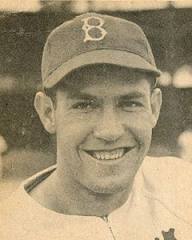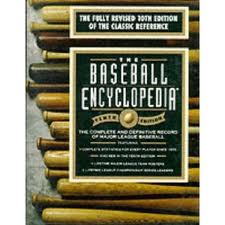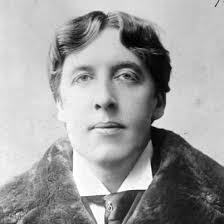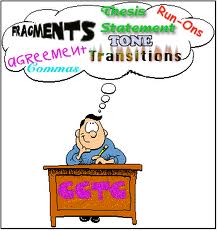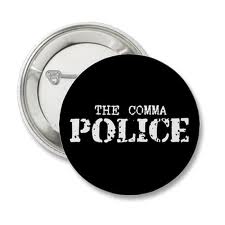When I was six years old, I had a nightmare. I have never forgotten it, even all these years later. In the dream, I stood at the edge of a deep indoor pool. I was alone, and knew something wasn’t right. For one thing, my two older brothers were supposed to be watching me–but they were nowhere to be seen. I called out their names. but the only reply was the reverberating echo of my voice as it bounced off the walls.
When I called their names again, and still received no answer, I became worried. I instinctively knew they were in trouble, perhaps deadly trouble–trouble that lurked beneath the surface of the water. I looked into the pool–I couldn’t see the bottom. I shook my head. How could I not see the bottom of an indoor swimming pool?
Nervous, thinking about the warnings I had received from my parents never to dive into a pool unsupervised, I jumped in. As soon as I went under, I realized I had somehow switched locations. I was no longer in a pool. I was in an ocean, surrounded by coral and strange, green plants undulating in the current of the water. Sharks swam past, menacing, threatening. But where were my brothers? How would I find them in this vast expanse of water? I started to swim, but then realized, horrifically, that I wore no underwater gear. I couldn’t breathe! I raced for the surface, kicking and thrashing, passing exotic fish along the way, wondering if I would make it.
I never found out. As my lungs burned and my heart thumped in my chest, I woke up–gasping, out of breath. I raced down the hall and looked into my brothers’ room, just to make sure they were all right.
I wondered if I would experience the same dream when I fell back asleep. I didn’t. I never had another dream like it. What did the nightmare mean? I’m not sure. But even to this day, the memory of it is so real–as if it really happened.
And, in a way, perhaps it did.
***********
In a second-season episode of The Twilight Zone titled “Shadow Play,” a man named Adam Grant is sentenced to the electric chair for first-degree murder.
When the judge issues the verdict, Grant screams, “No! Not again! I won’t die again!” Adam Grant, you see, believes that this is all a dream, a recurring nightmare he experiences every time he falls asleep. In his dream, he is always sentenced to die by electrocution–and the judge always says the same exact thing. Grant actually mouths the judge’s words as the verdict is spoken.
Grant tells everyone that if they electrocute him, they will all cease to exist. Since they are merely figments of his dream-imagination, they will vanish into nothingness when he dies in the chair and wakes up.
One person who believes in the possibility of this story is the local news reporter. After the courtroom scene, he visits with the DA, Mr. Ritchie, and talks to him about Grant.
He says Grant’s dream theory makes a weird sort of sense. Maybe this is all just a dream. “Can we prove he’s wrong?” he asks.
Ritchie won’t hear it. “I can’t prove the world isn’t going to end,” he says, realizing after saying the words that this is exactly what Adam Grant predicts. Than, almost as an afterthought: “But it isn’t.”
Ultimately the reporter urges the DA to visit Grant in his cell–to talk things over with him. Reluctantly, he agrees.
Ritchie is escorted to Grant’s cell and begins talking with him, trying to get him to see reason. It doesn’t go the way he wants.
Grant tells the DA that things are all wrong here. For example, he was tried and sentenced the same day. “It doesn’t work like that!” But in a dream, it can . . .
Ritchie counters with a bit of logic: “You say all this is a dream. When you’re electrocuted, you wake up, and when you wake up, we all disappear. Well, what about our parents? And our parents’ parents, and everybody who never even heard of you?”
“What about them, Mr. Ritchie?” the condemned man says. “A dream builds its own world, Mr. Ritchie! It’s complete–with a past. And, as long as you stay asleep, a future.”
Ritchie, growing flustered, asks Grant why he doesn’t just sit back and enjoy his electrocution. If it’s all just a dream anyway . . .
Grant laughs maniacally. How can he enjoy it? “Haven’t you ever been hurt in one of your dreams?” he asks the DA. “Haven’t you ever fallen out of a window or been drowned or tortured? You have! Don’t you remember how real that it seemed? Remember how you woke up screaming? How do you like to wake up screaming? That’s what I do! Because I dream the same dream, night after night after night! It’s this one! I can’t go on dying, I can’t go on dying . . .”
That night, at the stroke of midnight, Adam Grant is electrocuted in the chair. As the switch is pulled, the scene shifts to the DA, his wife, and the news reporter. They vanish, one by one, just as Grant said they would . . .
Another scene shift. We are back in the courtroom, and a judge is sentencing Adam Grant to die in the chair for first-degree murder. It’s the same exact scenario as the one we saw at the beginning of the episode. Grant was right all along. It’s the next night, and he is asleep again, dreaming–an endless nightmare that won’t let go . . .
*************
This is certainly a theme explored deeply in The Eye-Dancers. Throughout much of the book, the four main characters wrestle with the question: Is this all a dream? Or is it really happening? And is there any difference?
The “ghost girl’s” visitations, the journey through the center of her eye into the endless blue void. The variant world of Colbyville. What is real?
In chapter seven, when Mitchell Brant, Joe Marma, Ryan Swinton, and Marc Kuslanski find themselves in a strange new place, they try to figure this out.
“‘You know what it felt like,'” Mitchell says near the end of the chapter. “‘When she [the ghost girl] was in our dreams, it felt real–like when I skinned my knee and Ryan hurt his wrist.’
“Ryan nodded. The line between dreams and reality had certainly been blurred, if it existed at all.”
**************
Returning to “Shadow Play” . . . and Rod Serling’s closing narration . . .
“We know that a dream can be real, but whoever thought that reality could be a dream? We exist, of course, but how, in what way? As we believe, as flesh-and-blood human beings, or are we simply parts of someone’s feverish, complicated nightmare?”
Or, in the words of Edgar Allan Poe,
“Is all that we see or seem
But a dream within a dream?”
Thanks so much for reading!
–Mike





























